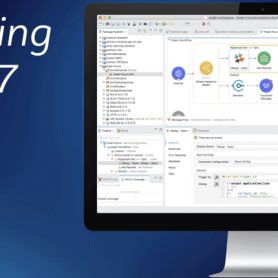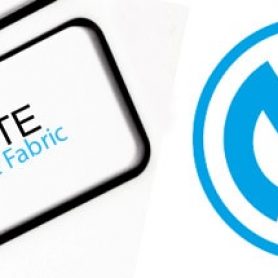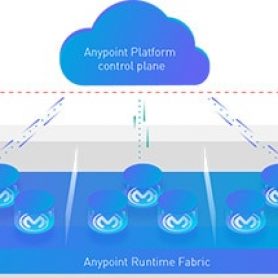A step-by-step guide to performance testing in Mule Runtime 4.3
Jose Ramón Huerga is an experienced MuleSoft Architect at Everis. He is a multi-MuleSoft Certified Developer and Architect who frequently speaks at MuleSoft Meetups
How to be an Anypoint Studio “ninja”
Felipe Ocadiz is a MuleSoft Ambassador and IT Integration Engineer at Twitter. He holds all MuleSoft Training Certifications and is a mentor to many
How do product managers select which ideas to be built?
When planning the roadmap of each release, product managers consider a variety of inputs to choose innovative features that meet customer needs and improve
DataWeave: Working with literal types
Literal types will let you define a type as an enumeration of possible values. This is useful in the use cases when a variable
2,000 ideas and counting: How to submit your idea to the Idea Portal
We launched the MuleSoft Ideas Portal in early 2017 as a direct channel with our customers to house all incoming enhancement requests. This portal
Streamlining the development experience with Studio 7.7
I am happy to announce our new release of Anypoint Studio 7.7 is now available. Our goal with every new Anypoint Studio release is
Updating fields with DataWeave made easy: The update operator
This new operator has been called the best thing to happen to DataWeave since sliced bread. It is the result of extensive work with
Migrating on-premises standalone runtime apps to Runtime Fabric
Standalone Mule runtime engine allows customers to deploy applications in their server, located in the cloud or data center. All application data remains within
Common use cases, templates, and connectors for Flow Designer
In this blog post, we will talk about “Flow Designer,” the online component which has a wide set of features for the creation of
How to deploy Anypoint Runtime Fabric in Oracle Cloud
Anypoint Runtime Fabric is a container service that automates the deployment and orchestration of Mule applications and API gateways. Runtime Fabric runs within a























